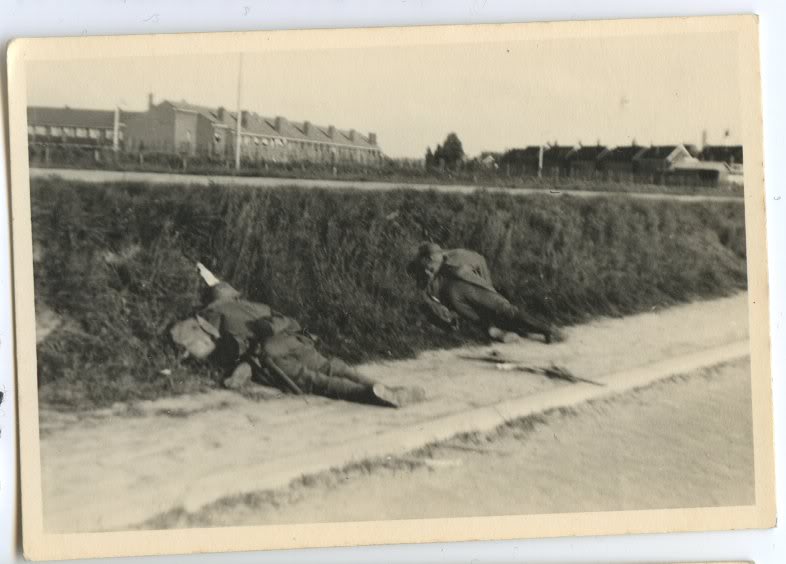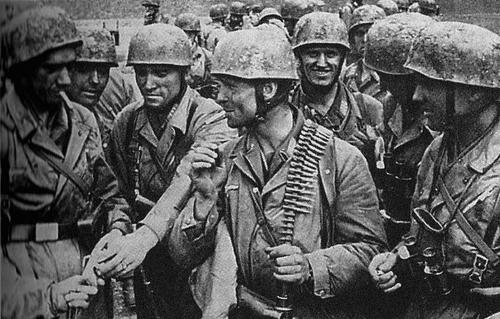World War Two:
The German Invasion of Belgium, The Netherlands, and Luxembourg (May, 1940)
German Invasion of the Low Countries of Belgium, the Netherlands, and Luxembourg (May 10, 1940-May 27, 1940)--Germany invaded Belgium, the Netherlands, and Luxembourg, known collectively as the Low Countries. on May 10, 1940. This attack took place as part of Germany's overall operational plan to attack France and the British troops in France. The Germans decided to invade France through the Low Countries (this operation was called Fall Gelb by the Germans) in order to avoid the heavily fortified Maginot Line along the French-German border. Faced with overwhelming forces, the Belgians, Dutch, and Luxembourgers quickly fell to the invading German army. Luxembourg fell first, with the Netherlands surrendering on May 14 after the devastating German bombing of Rotterdam. Belgium lasted the longest, finally surrendering to the Germans on May 27. Belgian and Dutch forces who managed to escape to England would fight on, as would resistance movements which sprung up in German-occupied lands.
See also: German Invasion of Poland (1939) and Video and Film of the German Invasion of Poland (1939)
Rotterdam after German Bombing in 1940
Destroyed French tank in Belgium During the German Invasion in 1940

Dutch Soldiers Killed By Germans 1940.


